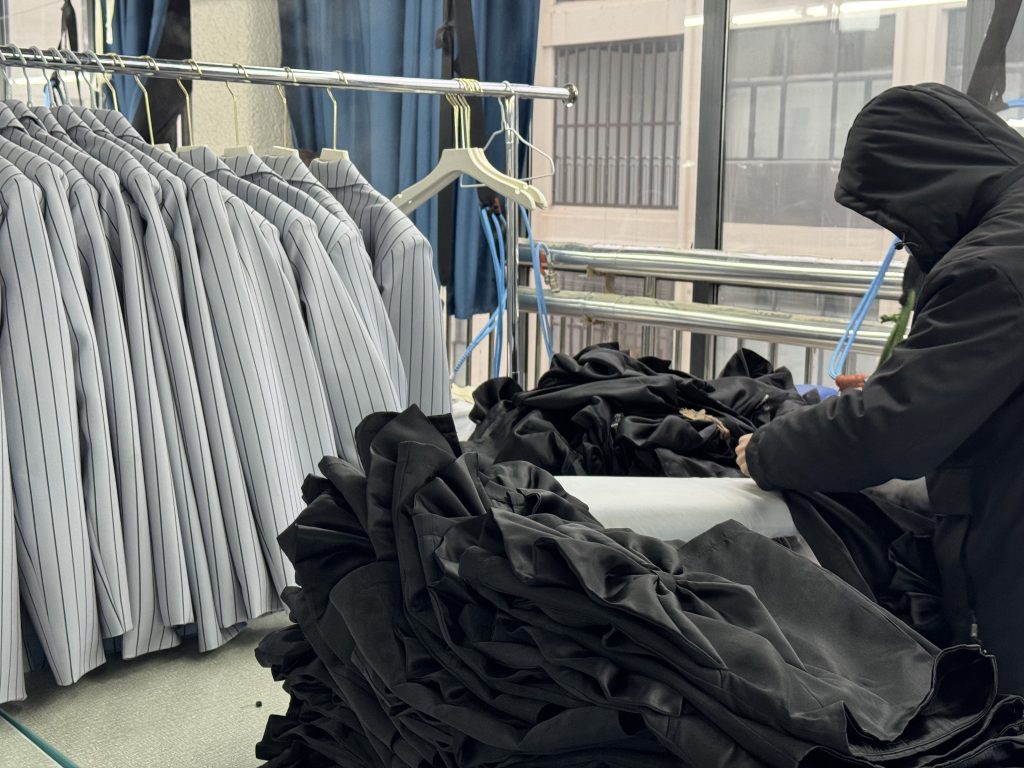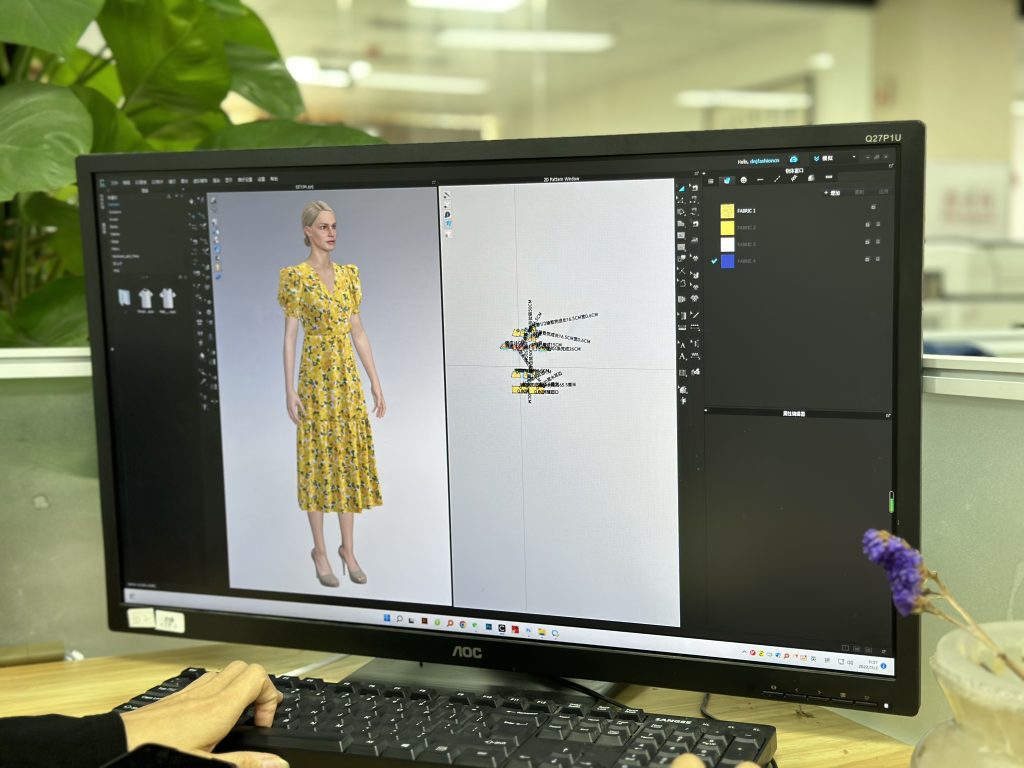Mastering the Costs of Starting Your Clothing Line
Starting a clothing line requires not just creativity but also a deep understanding of the costs involved, particularly if you’re aiming to enter the global market. Managing these costs effectively is essential for ensuring your brand’s long-term success.
Breakdown of Startup Costs
Launching a clothing line involves several initial expenses. These include:
Design and Development: Costs associated with creating your clothing line, including fabric sourcing, sample creation, and design tools.
Manufacturing: This is often the largest upfront cost. You’ll need to budget for production runs, which vary depending on quantity and quality.
Branding and Marketing: Developing a brand identity, creating a logo, and setting up a website are initial costs that should not be underestimated.
Legal and Administrative Fees: Registering your business, trademarking your brand, and setting up accounting systems are essential steps.

Ongoing Operational Expenses
Once your clothing line is launched, ongoing expenses include:
Production Costs: Regular production runs, quality control, and dealing with manufacturers are continuous costs.
Inventory Management: Efficient inventory management is crucial to avoid overproduction and stockouts. Tools like inventory management software can help streamline this process.
Logistics and Distribution: Shipping products, especially for international markets, involves costs related to warehousing, packaging, and transportation. Understanding global shipping regulations is vital to manage these expenses.
Marketing: Consistent marketing efforts are required to keep your brand visible. Digital marketing, influencer collaborations, and participation in trade shows are all potential costs.
Managing Cash Flow
Cash flow management is critical. Delays in payments or unexpected expenses can quickly strain your finances. It’s important to forecast your cash flow, accounting for seasonal fluctuations in sales and the timing of large expenses like manufacturing runs.
Planning for Contingencies
In the unpredictable fashion industry, unexpected costs can arise. Setting aside a financial buffer for these situations is crucial. This could include anything from sudden increases in material costs to unexpected delays in production.
Understanding and managing the costs involved in starting and running a clothing line is key to your brand’s success, especially in the global market. By planning carefully and being prepared for the unexpected, you can set your clothing line on a path to sustainable growth and profitability. D&J’s expertise in fashion export and global trade can provide the strategic insights needed to navigate these challenges effectively.
kno082024-02
Google: D&J Fashion Manufacturer
Leave us a Google Review
Facebook: dnjfashionofficial
Instagram: dnj_fashion_official
Linkedin: D&J Garment Manufacturing and Supply Chain
Pinterest: dnjfashion
Youtube: @dnjfashion_official
Tik Tok: @dnj_fashion

